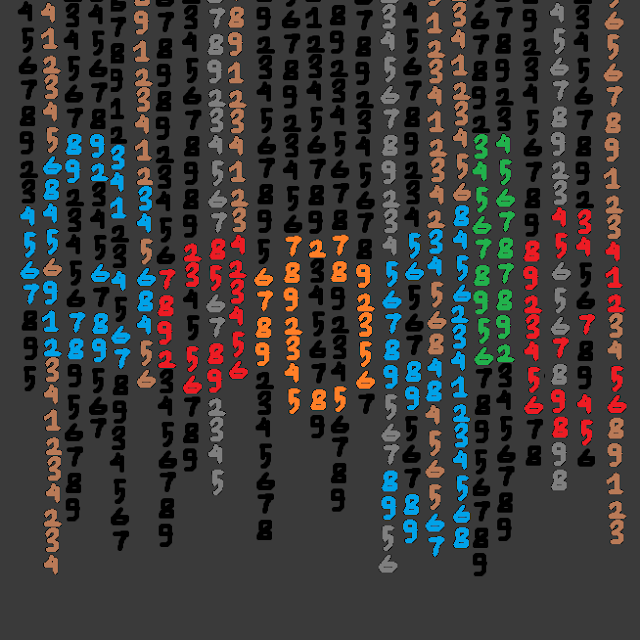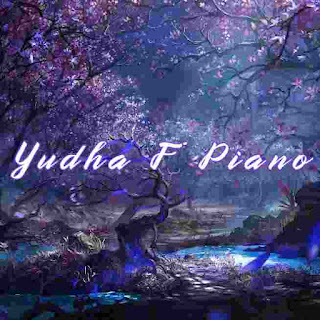The Magic of VGM on Piano - Why It Resonates with Gamers and Musicians Alike - Blog No. 95
Introduction: When Music Hits the Heart, Press "Start"
There’s a special kind of magic when your fingers brush across piano keys and suddenly, the melody from a beloved video game fills the room. You’re no longer in your living room or music studio—you’re running across Hyrule Field, walking through the rainy streets of Midgar, or navigating the heart-tugging world of Undertale.
This is the enchantment of Video Game Music (VGM) on piano. It’s more than a nostalgic trip—it’s an emotional journey that connects generations of gamers and musicians. But why does it resonate so deeply with both communities?
Let’s dive into the story of why VGM piano covers are sweeping YouTube, Spotify, Twitch, and TikTok—and why the magic keeps growing.
Related
Act I: The Unlikely Bridge Between Two Worlds
At first glance, gaming and classical piano might seem worlds apart. One is modern, immersive, digital escapism; the other is steeped in tradition, discipline, and analog elegance. But then you hear “Zanarkand” from Final Fantasy X or “Dearly Beloved” from Kingdom Hearts played solo on piano—and suddenly, the gap disappears.
A Shared Language of Emotion
Both gamers and pianists speak the language of emotion. Whether it’s the suspense of a boss battle or the crescendo of a Chopin nocturne, it’s all about storytelling through sound.
Gamers may not know musical theory, but they know how a piece makes them feel. Musicians may never have played The Legend of Zelda, but they know how a well-placed arpeggio tugs at the soul. And when VGM is translated to piano, it becomes a common ground—accessible, emotional, and universally understood.
Act II: Nostalgia in Every Note
Let’s be honest: nostalgia is a powerful drug.
When a gamer hears the soft, melancholic tones of “Aerith’s Theme” or the upbeat sparkle of “Gusty Garden Galaxy” from Super Mario Galaxy, they’re not just hearing music—they’re remembering who they were when they first played those games.
Piano: The Ultimate Nostalgia Amplifier
Unlike full orchestral arrangements or electronic remixes, the piano offers something intimate. It strips the music down to its emotional core. With every keystroke, a pianist channels memories—late-night gaming marathons, childhood joys, and the bittersweet endings of storylines that felt all too real.
This is why a simple piano cover can bring a grown adult to tears. It isn’t just a performance—it’s time travel.
Act III: Accessibility and the Rise of the DIY VGM Pianist
Thanks to YouTube, TikTok, and platforms like Musescore or NinSheetMusic, VGM piano has never been more accessible. You don’t need to be a Juilliard graduate to play “Megalovania” or “Zelda’s Lullaby.” And you don’t need a full orchestra to make it sound epic.
Bedroom Concert Halls
A huge part of VGM piano’s appeal is how grassroots it feels. Pianists across the world—from Tokyo to Toronto—set up their phones, sit at their keyboards or grand pianos, and share their interpretations. No expensive production, just raw talent and love for the music.
This authenticity resonates deeply with both musicians and gamers alike. Whether it’s an 8-year-old learning “Minecraft Sweden” or a college student performing “Persona 5’s Beneath the Mask” in a recital hall, it’s all part of a global concert—played one upload at a time.
Act IV: Music Born from Limitations
One reason VGM sounds so good on piano lies in its origins.
8-Bit Ingenuity Becomes Musical Gold
Early game composers had to make magic with minimal tools—think chiptunes, FM synths, or MIDI sounds. They couldn’t rely on lush instrumentation, so they focused on melody and motif. These melodies had to be instantly memorable, emotionally effective, and loop seamlessly.
Now, what instrument better suits pure melody than the piano?
Games like Pokémon, Castlevania, and Mega Man were filled with melodies that, when reinterpreted on piano, feel like mini symphonies. The simplicity of their origins becomes a strength—allowing pianists to explore harmonies, improvisation, and advanced techniques without losing the spirit of the original tune.
Act V: Emotional Universes in 88 Keys
Piano has an unmatched ability to express emotion—from thunderous drama to delicate introspection. Combine that with the emotional power of VGM, and you’ve got a storytelling superweapon.
Music That Grows with You
One of the most beautiful things about VGM is how it evolves with the listener. A piece you loved at age 10 might feel completely different at age 30—especially when played on piano.
Take “To Zanarkand,” for example. When you first heard it in Final Fantasy X, it might have sounded like a sad tune. But when you play it after experiencing love, loss, and growth—it becomes a personal anthem of bittersweet memories.
Pianists aren’t just covering songs—they’re reinterpreting life experiences through the lens of game music.
Act VI: Community, Collaboration, and Cover Culture
VGM piano is not a solo act. It’s a movement.
YouTube and TikTok: Global Stages for Game Music
From fan-favorite creators like Kyle Landry, Theishter, Patrik Pietschmann, and Yudha F Piano, to viral TikTok clips of beginners learning Undertale themes—VGM piano brings millions together across platforms.
Musicians comment on gaming forums. Gamers subscribe to music channels. People who never touched a console discover new games through piano covers.
This creates a unique space where art forms blend and communities merge. It’s not uncommon for a piano cover of a game track to go viral and introduce thousands to the original game itself.
Fan Covers That Outshine the Originals?
In some cases, yes. Some piano covers become so iconic they rival or even surpass the original composition in popularity. This is especially true when pianists add their own emotional interpretations, tempo changes, or key modulations—transforming simple game loops into living, breathing pieces of art.
Act VII: Why It Resonates (And Will Keep Resonating)
So why exactly does VGM piano resonate so deeply?
1. It’s Emotional, Not Just Technical
Piano lets the emotional core of VGM shine. You don’t need fancy chords or effects—just a melody and heart.
2. It’s Universally Relatable
You might not know the game, but you’ll feel the story in the notes.
3. It’s Accessible and Inclusive
Beginner or pro, anyone can start playing with just a melody.
4. It’s Built on Storytelling
VGM is composed to support a story. When performed on piano, that story is retold, reimagined, and re-lived.
5. It Builds Community
Covers are shared, taught, and loved across continents, languages, and ages.
Act VIII: How to Start Your VGM Piano Journey
Want to join the movement? Here's a simple guide to get started:
🎵 Find Your First Song
Start with iconic, simple tunes like:
-
Zelda’s Lullaby (The Legend of Zelda)
-
Sweden (Minecraft)
-
Save Room Theme (Resident Evil)
-
Epilogue (Celeste)
-
Life Will Change (Persona 5)
🎥 Share Your Journey
Record your covers, post progress on social media, and join VGM piano communities on Reddit, Discord, or YouTube.
✨ Add Your Own Magic
Don’t just play what’s written. Add emotion, change tempo, or improvise. Make the piece yours.
Related
Conclusion: The Soundtrack of Our Lives
Video game music on piano isn’t just a trend—it’s a movement driven by passion, memory, and artistry. It’s a celebration of two worlds colliding—gaming and classical music—each enriching the other in profound ways.
Whether you're a gamer who cries every time “Far Away” from Red Dead Redemption plays, or a pianist discovering the elegance of Hollow Knight’s score, there’s magic waiting at the intersection.
So sit at the piano, press a key, and press "start."
.jpeg)


Comments
Post a Comment